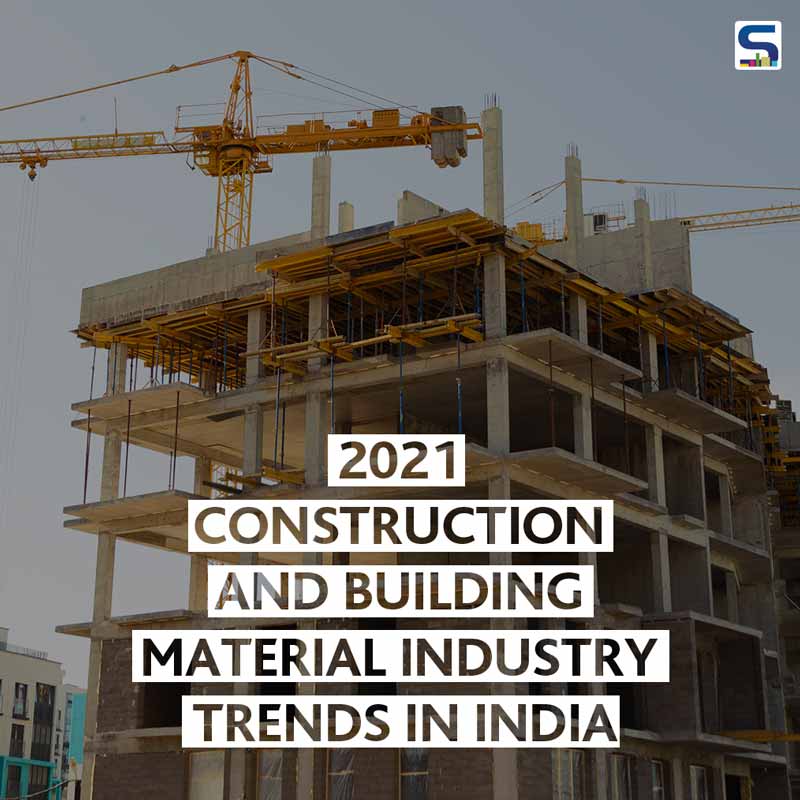
The COVID-19 pandemic in 2020 had caused an unprecedented social and economic disruption, which will be remembered as one of the most significant black swan events. According to some experts, this global crisis has caused more trouble than any other event in recent history. The economic impact of COVID-19 in the construction and Building materials industry is vast. We can see trends like cash flow disruption, breaks in supply chains, the rise of telecommuting, shifts of resources, the need for social distancing, and more that will spell change at every level. Still, there will be some trends that will carry on, with some shifts, against all odds. SURFACES REPORTER (SR) compiled a list of the major trends that will shape the construction and building material industry through 2021.
Also Read: 10 Pandemic driven design trends that are likely to stay | SURFACES REPORTER Exclusive
Impact of COVID-19 in Building Material Supply Chains
India imports about 14.63% of construction materials from China, with a further 6.30% coming from the US and 5.56% from Saudi Arabia, as per the report. Other significant suppliers, such as Malasia, Italy, UK, Belgium, Germany, France, and Singapore, have also been facing a massive blow of COVID-19. Although India is dependent on a limited set of countries, the global impact of the corona crisis makes it steering clear that the building materials supply chain will disrupt. Driven by the unforeseen contraction of 50.3 % in the second quarter, the building material industry is projected to shift by nearly 15% this year.
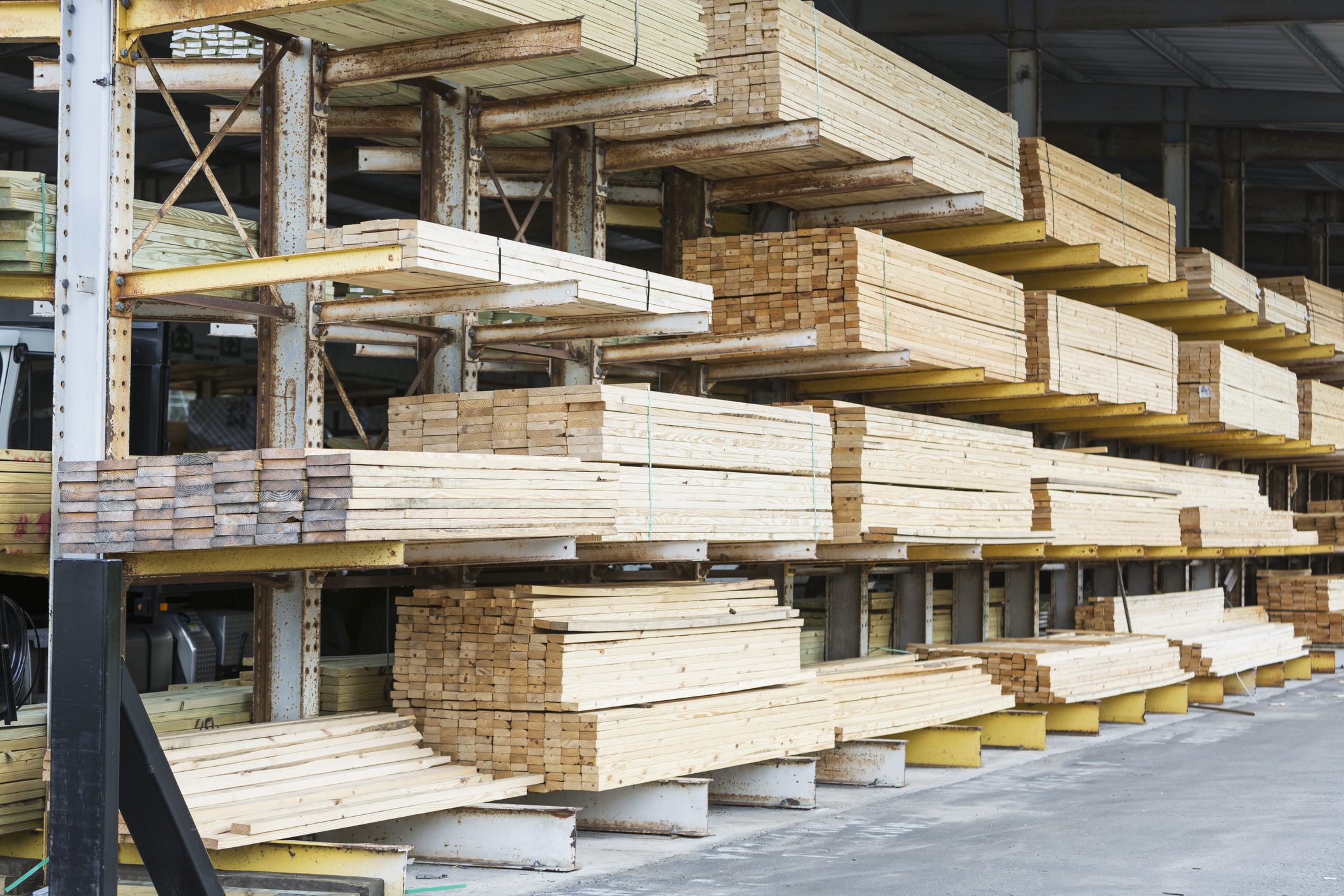 Image Courtesy: www.wsinc.com
Image Courtesy: www.wsinc.com
The Indian construction industry is heavily dependent on China for all equipment materials. According to the data provided by the Ministry of Commerce and Industry, between March 2019 and February 2020, India's total commodity import bill from China was $49 billion. During the same period, China accounted for 11.8% of India's total imports. If we take into account the construction and real estate industry, it is one of the biggest sectors of India to import construction and building materials from China.
Also Read: Construction, Auto, Pipeline projects have picked up. The demand will continue, said Jindal Steel and Power, MD, VR Sharma
Besides, India imports most of the interior finishing materials such as carpets, fire alarm protection systems, acoustic panels from China. Due to the constraints arising out of this pandemic, there would be a resultant slow down in materials reaching the project site. Other key construction materials such as steel may also witness a price increase in the future, which sequentially increases the cost of construction, lowering the profit margins for real estate developers.
Cement Industry May See A Fall Due to Carbon Footprint
Cement is indispensable for construction, but the production of cement contributes to 7 to 8 percent of the world’s CO2 emissions, emphasizing the sector’s staggering carbon footprint. And around 40% of cement emissions come from burning fossil fuels to heat kilns. And the global concrete industry is looking for ways to reduce its emissions especially since it is anticipated to grow tremendously over the next 30 years.
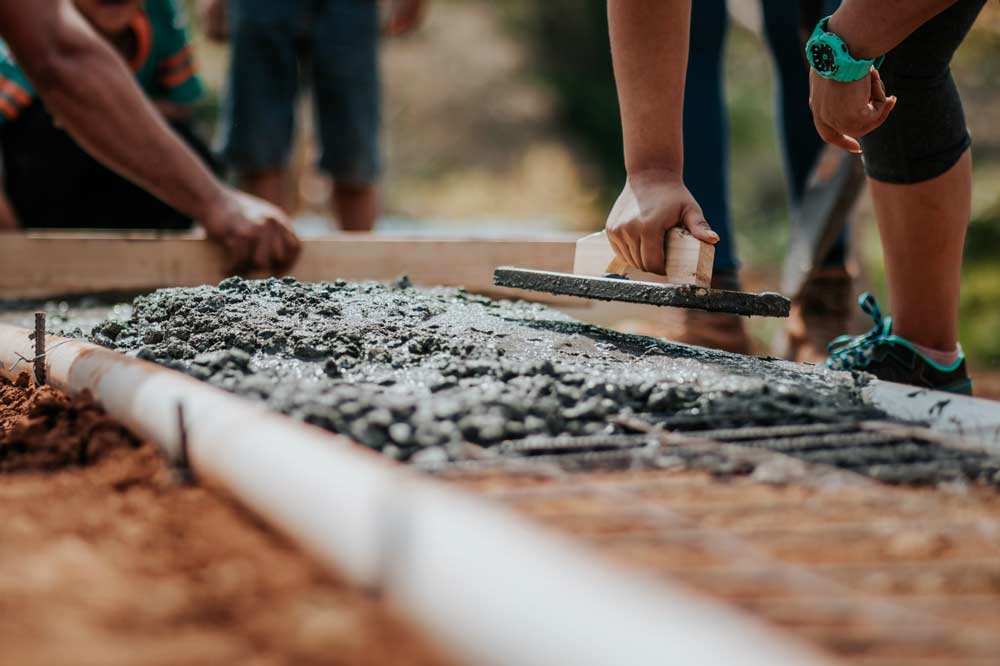 Image Courtesy: cdn.chinadialogue.net
Image Courtesy: cdn.chinadialogue.net
In India, even the push to reduce carbon immersion is the strongest, and the Indian cement industry is hugely committed to achieving sustainable environmental goals, which has been evident by a cement sector report released by CDP (formerly Carbon Disclosure Project). According to that report, 5 out of 10 global cement companies that show low carbon transition is from India. However, deep emission cuts are costly around USD 50-100/t CO2, and capital intensive as per the report. That will make the price of the cement twice as expensive. The cement industry aims to increase the use of alternative raw materials and fuels in the production process to curb emissions as much as possible.
Also Read: Cement Consumption to Increase on Mega Infrastructure Push
Indian Housing Prices Decline
Reuters conducted a poll that demonstrated that the average house price is expected to decline 6 percent this year and 3 percent in 2021. Moreover, to boost the affordable housing project, the government has provided deductions so that more people avail the benefit.
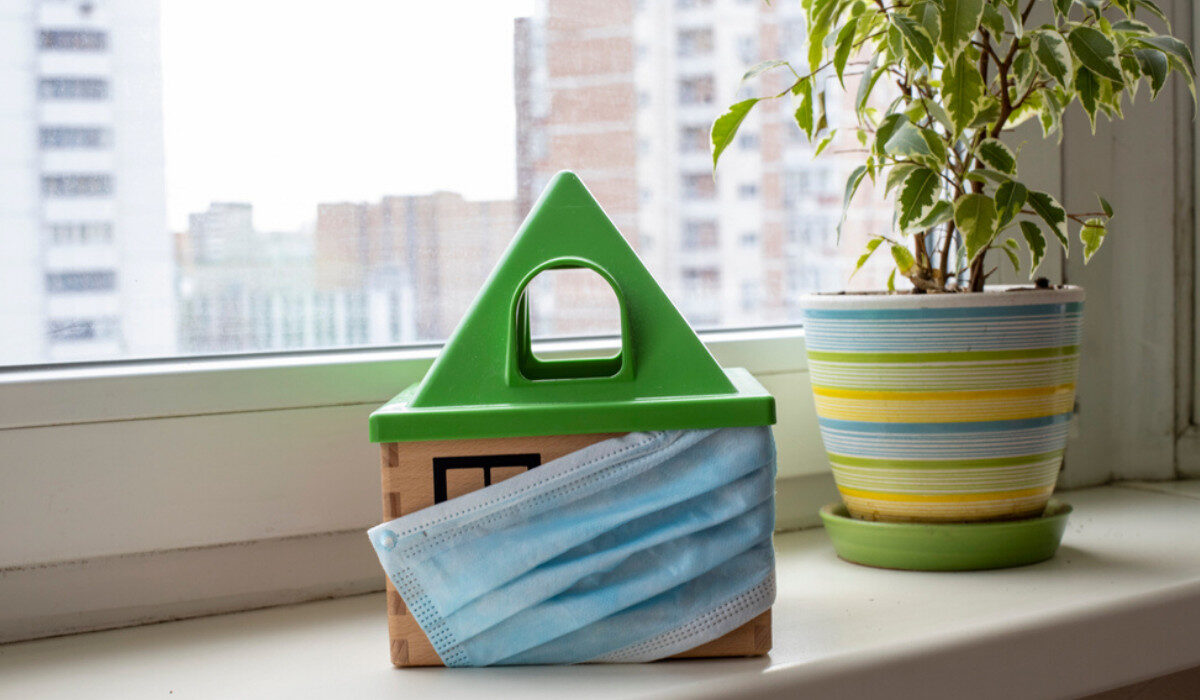 Image Courtesy: news.housing.com
Image Courtesy: news.housing.com
Some experts believe that the effects of the pandemic would result in a 10-20% fall in property prices. Even, the land prices could see an even higher reduction of 30 percent, as per the sources.
Also Read: Residential in Delhi NCR sales move up 38% in Q3 2020 | Ready-to-move-in homes in higher demand
Commercial and Infrastructure Construction Will See Sharp Rebound
Despite the prevailing shadowy situation due to pandemic, the commercial and infrastructure industry is projected to see a sharp rebound and grow by 11.6% in 2021 as per Global Data-a leading data and analytics company. This bounce will also be driven by the pent up demand and lower base. Moreover, the government’s Affordable Rental Housing Complex and push towards ‘Atmanirbhar Bharat’ will also aid this growth.
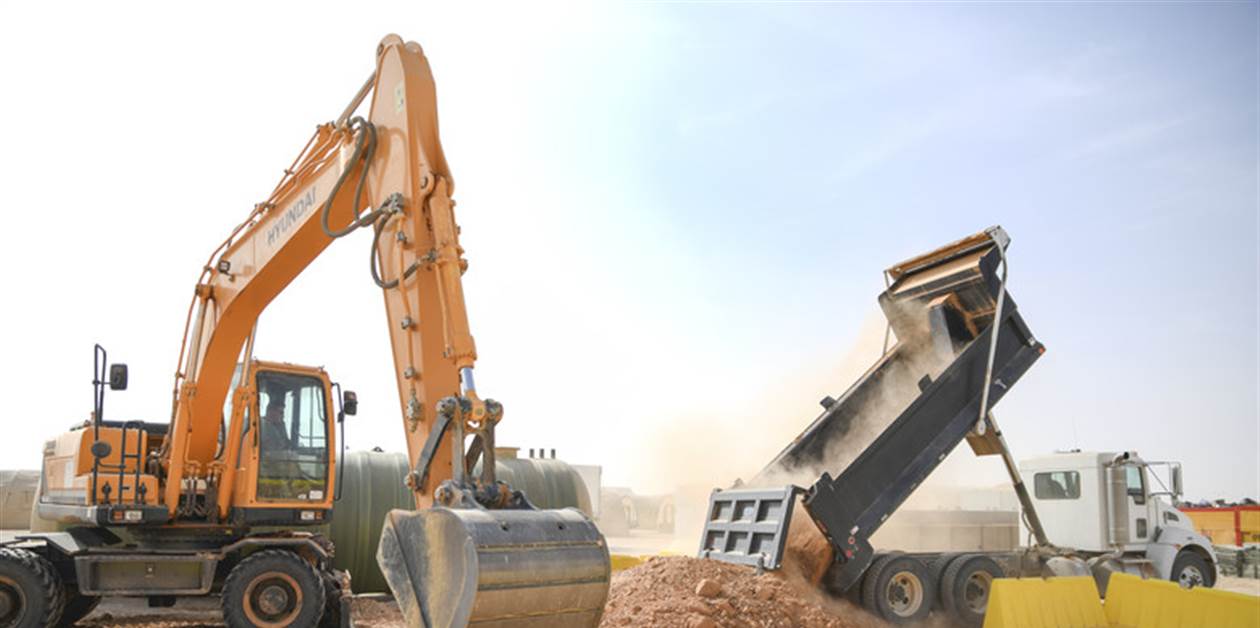 Image Courtesy: KHL Group
Image Courtesy: KHL Group
Additionally, the global shifting of supply lines from China also benefits the industrial construction sector as the Indian market is providing perks like low-cost labour and a large captive market. States have increased spending on transportation infrastructure and commercial construction and this trend will continue in 2021 since a lot of this spending comes from some particular sources such as licenses, charges, bonds, and tools, apart from general tax revenue.
The Impact of Tariffs on the Building Materials Industry
The trade war between India and China has resulted in several tariffs from both countries that will have an extensive impact on the building material industry. Many companies have adjusted to the effects of tariffs on the prices and commodity costs last year. Between April 2019 and February 2020, the latest data available, India's trade deficit with China was $46.8 billion. India already imposed higher taxes on imports of furniture, glass, iron & steel products from China in February.
 Image Courtesy: Trendsresearch.org
Image Courtesy: Trendsresearch.org
Even the Swedish giant- IKEA said at the time it was disappointed with the higher tariffs. However, companies compensated for this with higher sales in 2020. It is expected that the tariffs will increase in 2021 for building materials that could affect demand negatively. However, if no new tariffs or duty is imposed, profit margins could grow as companies acclimatize to price increases.
Acquisition Deals in Distress
Slowing economy and prevalent disruption because of covid will push strategic investors, buyers, and promoters to stay away from the acquisition activity, buy back shares, and delisted in 2021 too. There will be more inbound deals; investors from China will stay away, whereas the outbound M&A will lose steam.
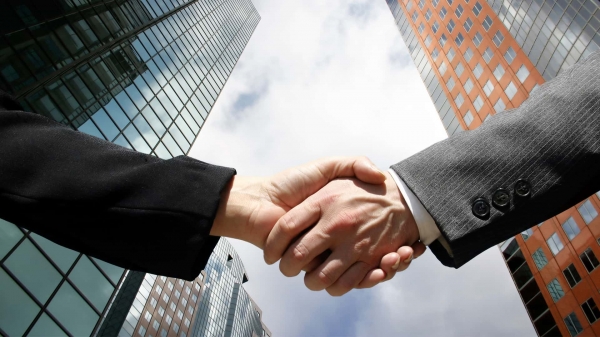
Private equity will control deals. The real estate sector, which is a part of the construction industry, will face liquidity issues. Supply chain disruptions in global markets, especially China, will encourage M&As for securing raw materials.
A Negative Period for Compound Annual Growth Rate
The building construction industry in India is anticipated to record low growth over the next 8 quarters due to the economic depression triggered due to the pandemic. It is set to record a CAGR of 15% to reach INR 29,782.2 billion by 2024. Various building construction sectors such as commercial, industrial, and residential are projected to be worse affected. Consumer and business emotions are expected to be on a slow track to recover due to the covid-19 outbreak. Only affordable housing in the residential sector will stay least affected, thanks to the support of private and public spending.
Reimagined Value of the Outdoors
2021 building construction trends will reflect more focus on outdoor spaces where we can open up to nature, fresh air, social interaction, and natural light. There will be a skyrocketing demand for building materials related to the building of outdoor spaces. Consumers will look out to build outdoor fire pits, kitchens, porch, patio, backyard as they spend more time outside relaxing and working.
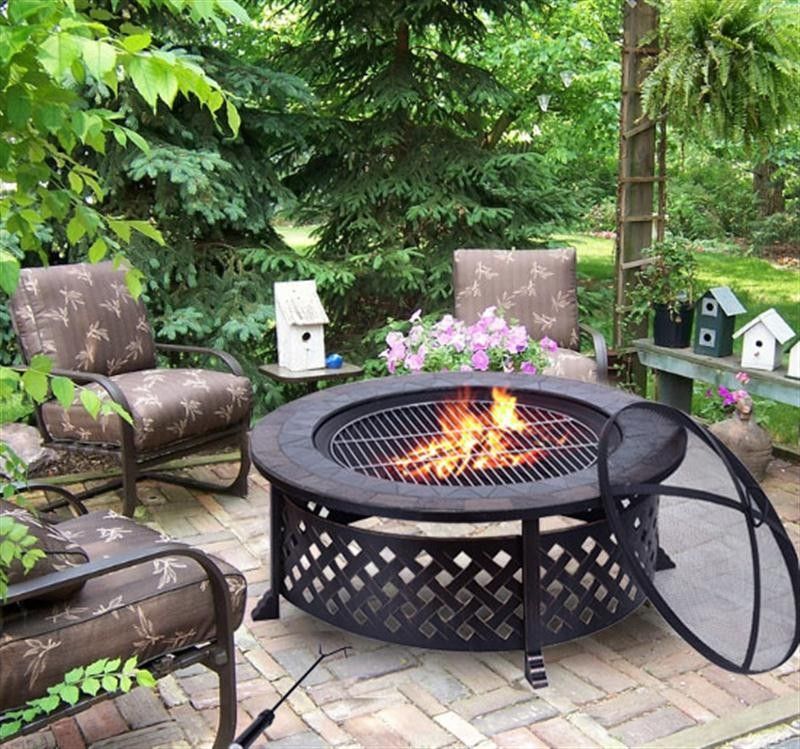
In 2021, smart urban gardens will be a clear trend. And building material producers will like to take advantage of this opportunity and increase the price of materials used in outdoor projects.
Rising Interest from Potential Home-Buyers
There will be a sharp increase in the interest of home buyers, and many of them will look for larger apartments. There is a significant increase in the numbers of NRIs who want to invest and seek digital presentations from developers across metro cities. Lower interest rates and a weaker rupee are certainly aiding quicker decision making. However, a full-blown revival will take at least two years or so.
Also Read: Atmanirbhar 3.0: Income Tax Relief for Developers and Home-Buyers
A Growing Trend of Minimalism and Sustainable Design
As people are becoming increasingly environmentally conscious- more and more home buyers and renovators will opt for peaceful spaces and sustainable building materials. People will not run after brands, instead, they will look for lighting and building materials to create minimalistic spaces. For instance, they can choose composite roofing shingles, bamboo floors, solar panels, eco-friendly insulation that have a less environmental impact. Home renovators or property buyers may also look out for large windows in their house to allow more natural light flow and reduce the need for electricity consumption.
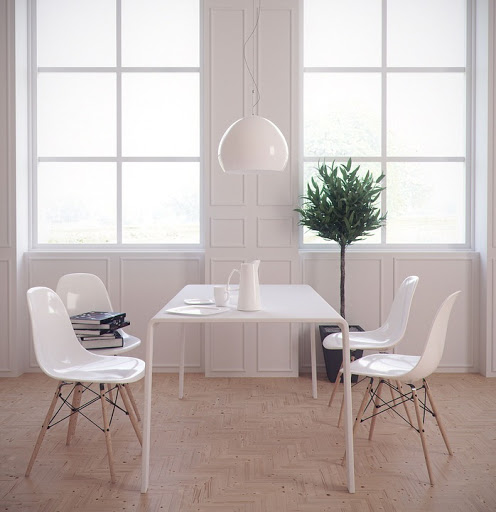
Use of PET Fibre Reinforced Concrete
Today we require recyclable and cost-effective materials that increase concrete strength. Polyethylene terephthalate (PET) is the recycled thermoplastic polymer resin of the polyester family, which is normally found in recording tapes, bottles, and electrical parts. The concrete mix of cement, sand made with the use of PET Fibre has high cement quantity and low water quantity. So, it is great to improve the stability of the road pavement. Even it carries more load as compared to the plain concrete. Moreover, it emits lower rates of CO2 than other polymer foams. Also, PET foam panels function better in thermoformability, fatigue resistance, and temperature resistance. So, Indian cement producers will look for more ways to add PET fibre in concrete block production. More research is underway regarding this.
Cross Laminated Timber Market Rises
The international cross-laminated timber (CLT) market size is projected to reach USD 2,062.2 million by the end of 2027. According to a report published by Fortune Business Insights, the market will show a CAGR of 13.7% during the predicted period, 2020-2027. CLT is an engineered wood that is used to make ceilings, floors, walls, and even buildings. Initially developed in the Alpine countries of Europe, the material is gaining rapid popularity in India and various other countries as well.
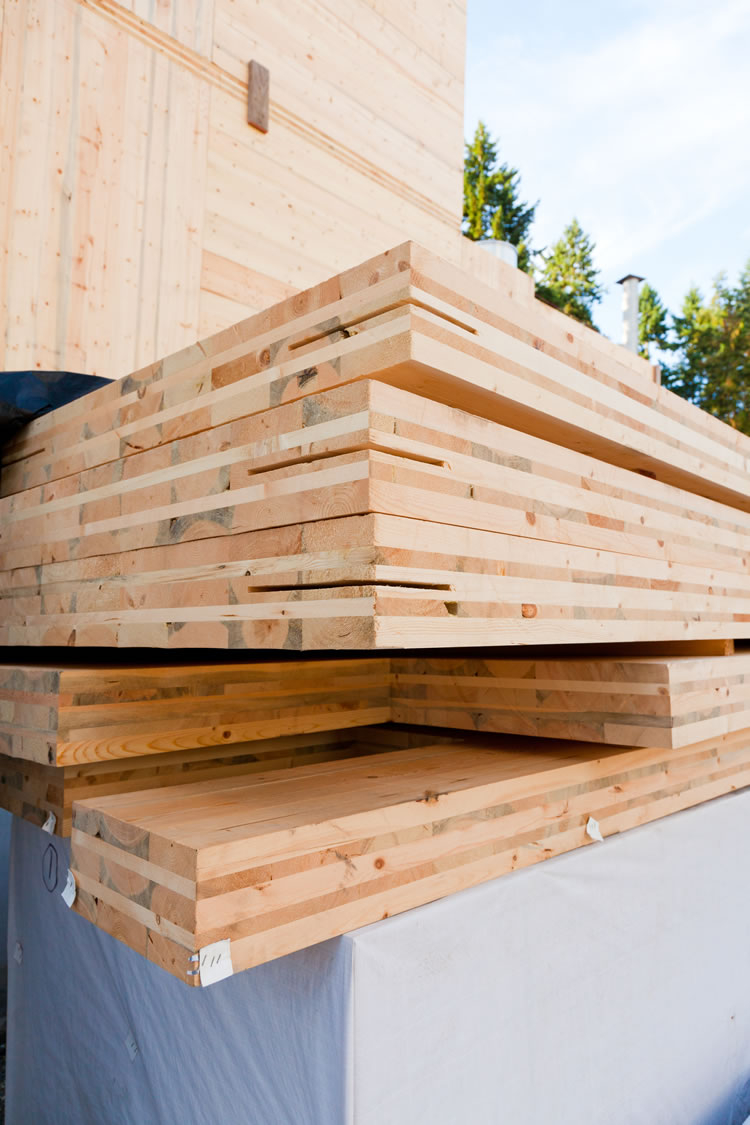 Image Courtesy: www.nrcan.gc.ca
Image Courtesy: www.nrcan.gc.ca
It is a sustainable alternative to steel and concrete in commercial and residential applications. CLT performs well in the fire, has good acoustic and thermal insulation, reduces carbon emissions, and allows faster construction in less time with lower labour costs.
Also Read: Mass Timber Architecture: Benefits and Common Misconceptions
10 Building Material Industry Statistics To Know
1.Hybrid CLT buildings represent an average of 26.5% reduction in the global warming potential as compared to the concrete buildings
The global steel and iron industry is responsible for 5 percent of the world Green House Gas (GHG) emissions and the concrete and cement manufacturing industry causes 8% of GHG emissions. All these emissions result in global warming. These emissions can be avoided if we replace concrete and steel with CLT mass timber. This will allow shunning the use of fossil fuels to build concrete and steel buildings.
2.Green building materials demand accelerates worldwide-55 percent of India's commercial, residential realty will go green by 2022
India is expected to witness strong growth in the green building sector with around 55 percent of all residential, commercial projects likely pursuing green by 2022 that will increase the demand for green building materials. However, according to International Finance Corporation (IFC), 70 % of the buildings required by 2030 are yet to be built in India. Still, India is currently the fourth largest market in the world for green buildings, touching every building sector.
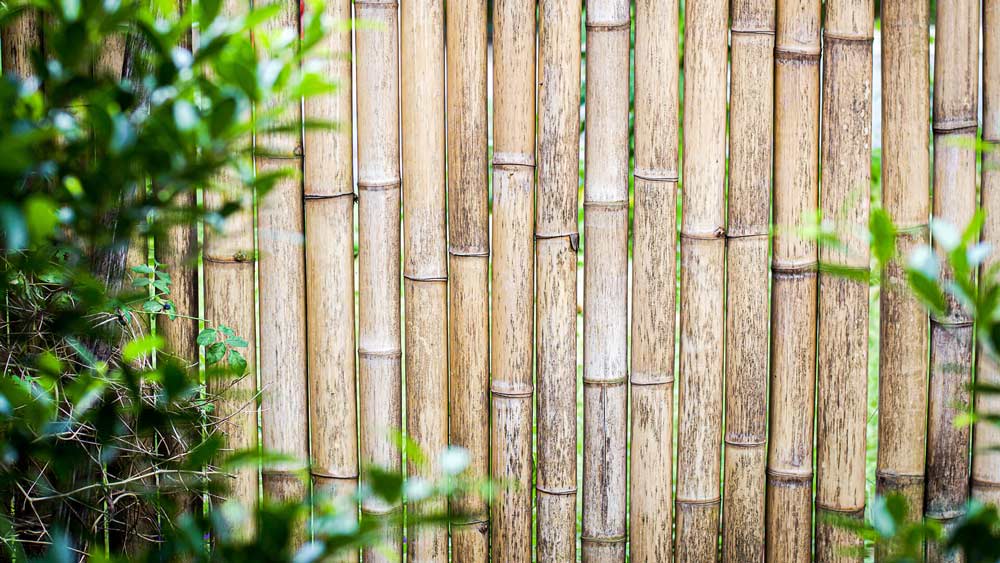 Image Courtesy: www.build-review.com
Image Courtesy: www.build-review.com
The green buildings can boost economic growth of India and provide 9 million skilled jobs in both the renewable and construction sector by 2030. The increasing eco-conscious construction trends, environmental benefits and government support can together provide fuel to the green building sector and help India to reach its potential in this regard. It is also estimated that global green construction activity continues to rise, which is anticipated to reach $1 trillion in 2021.
Also Read: This Green-Tastic Bamboo Lodge Incorporates Nature Without Destroying It | Yang Yongquan
3.Global cement production is expected to increase by 12-23% by 2050 as the population rises
The increase in global population and the growth of urbanization will increase the demand for cement, which can rise as much as 23 percent by 2050. However, the industry needs to reduce its carbon dioxide emissions substantially. To meet this demand while meeting environmental responsibilities, cement manufacturing companies are investing in large-scale concrete recycling and sustainable alternative fuels in the production process. More developments are underway to develop next-generation cement, also known as green cement, that has significant low carbon emissions. Advanced carbon capture technology has the potential to decarbonise the cement industry. These emerging technologies will assist to offer around 48 percent of cumulative CO2 emission savings by 2050, as per Sustainalytics.
4.Indian needs approx 250 Billion bricks every year, which is expected to increase to 778 billion bricks annually during 2032–37
With an estimated annual production of 250 billion bricks a year, which is 10 percent of the global production, India becomes the second largest manufacture of bricks globally after China. There are more than 100,000 brick kilns in the country producing bricks. And if no suitable substitute is found out, the brick production process would exhaust about 1600 x 10^6 kN of clay about 3000 hectares of land annually. The increasing demand is because of the continuously rising population.
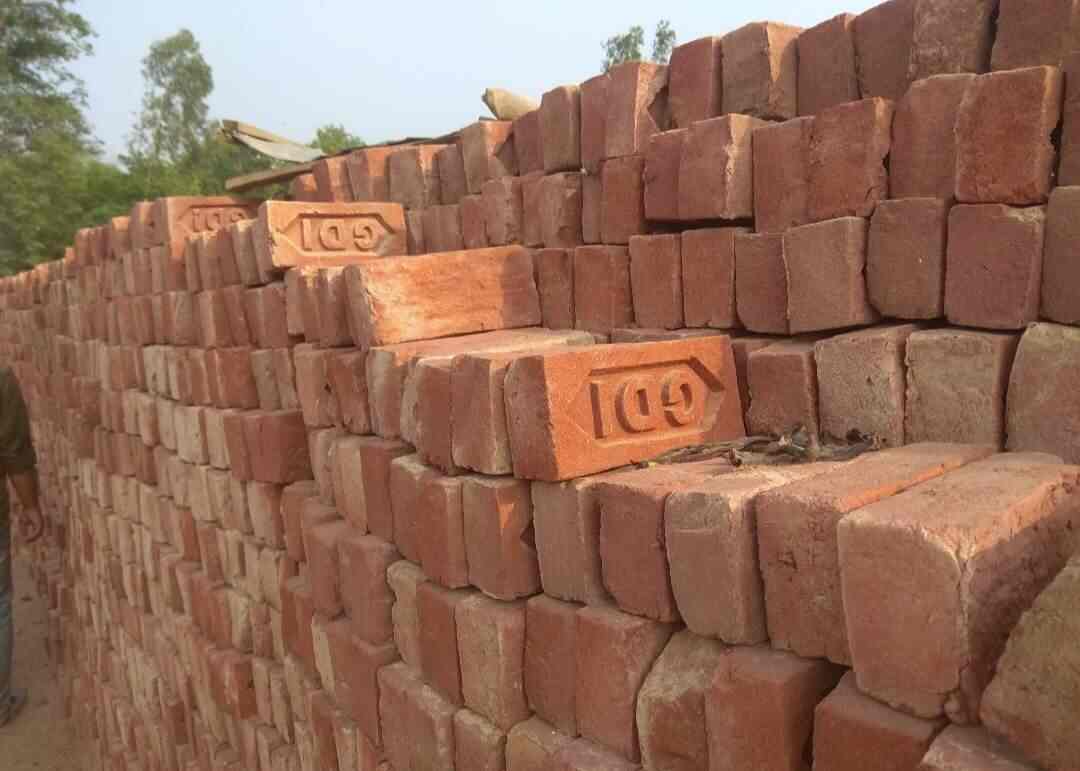 Image Courtesy: content.jdmagicbox.com
Image Courtesy: content.jdmagicbox.com
To meet this demand, the industry should look for more eco-friendly alternatives to traditional bricks that produce harmful greenhouse gases in the production process. Cement concrete blocks and mud-filled plastic bottles as bricks are a few options suggested by experts. Recently developed wool bricks are also helpful that is 37 percent stronger than the traditional bricks and produces no harmful gases.
5.The demand for Bio concrete is expected to grow in India
Bio-concrete or self-healing concrete is made with the help of limestone producing bacteria that can survive in the structure for thousands of years allow the building to repair itself. Its self-healing properties aid the rise in demand for self-healing concrete or bio concrete. It reduces the maintenance cost, lowers the chance of corrosion in reinforcement, and decreases permeability. Further, it is a sustainable solution that increases the durability & life of concrete structures. And self-healing concrete is widely suitable for the climate of India.
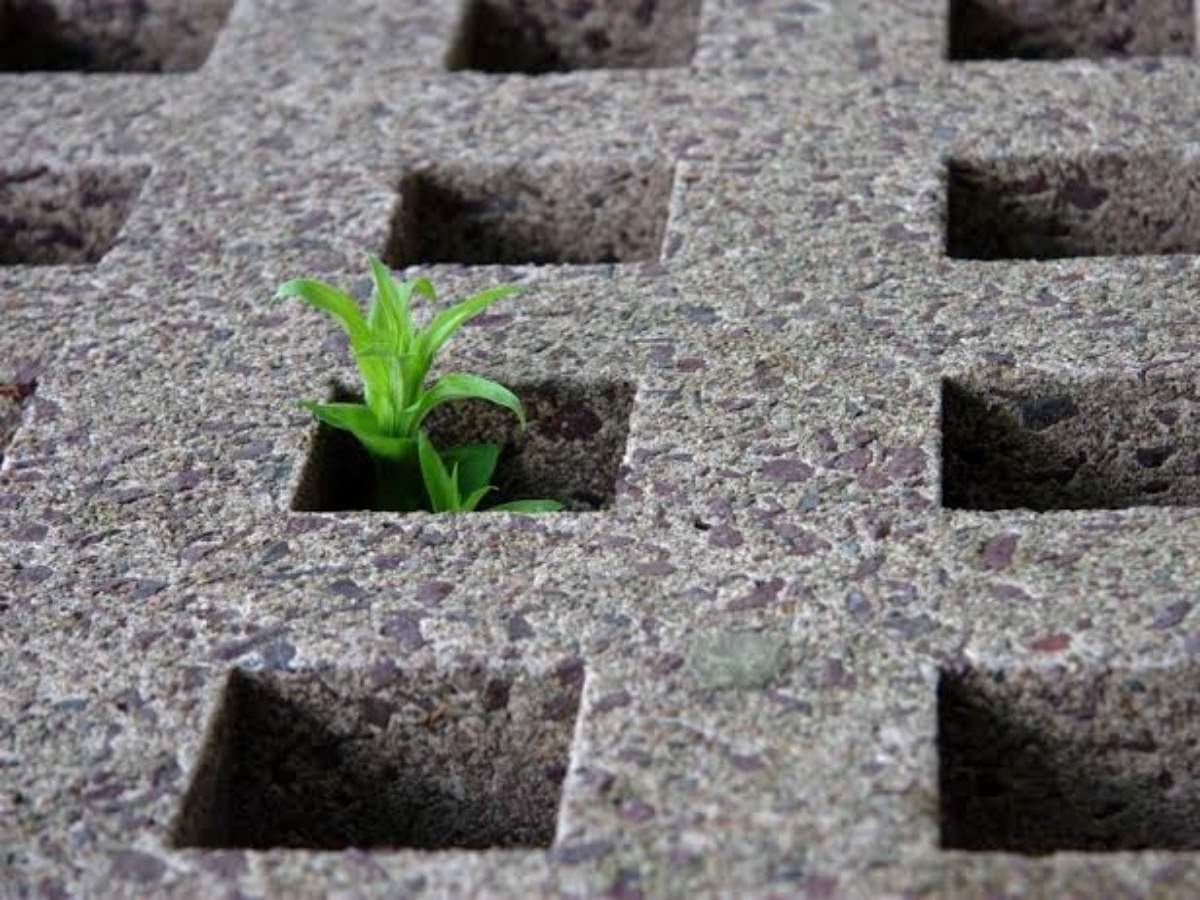 Image Couretsy: economictimes.com
Image Couretsy: economictimes.com
Where conventional concrete contributes to nearly 5 % of CO2 emissions, bio -concrete is an alternative green construction material that will remove CO2 from the atmosphere. However, its cost in India is 7-28% higher than conventional concrete. Expanding demand for bio concrete or self-healing concrete for different sectors such as housing, commercial construction, and industrial construction will increase all over the globe. The global self-healing concrete market size was valued at USD 24.60 billion in 2019 and is expected to expand at a compound annual growth rate (CAGR) of 37.0% from 2020 to 2027.
Also Read: Basilisk Self-Healing Bio Concrete
6.Average house price is expected to drop 3% in 2021
Earlier housing demand declined because people lost their jobs and faced economic insecurity, but it has not impacted the property prices and rental rates. However, lately, a poll conducted by Reuters shows that the average house price is expected to fall 3% in 2021. The poll predicts a region-wise house prices decline of 7.5%, 7.0%, 5.0%, and 3.5% for Mumbai, Delhi, Chennai, and Bengaluru, respectively.
7.Smart Glass Market Size is Predicted to Reach USD 3.75 billion by 2026
Switchable smart glass is an advanced new building material that is gaining popularity in the construction of residential properties, offices, hospitals, and airports owing to its several properties. Smart Glass is durable, can control light and glare, and provide protection from harsh UV radiation. It also helps to save up to 30 percent energy costs.
 Image Courtesy: www.gauzy.com
Image Courtesy: www.gauzy.com
Moreover, it can turn opaque to provide privacy. According to a report, the demand for smart glass or energy-efficient glass in India is anticipated to increase at a CAGR of 25.0% during 2019-2025. This global smart glass market size is expected to reach 3.75 billion by 2026.
8.M&A activity in India touches a three-year low of $38.1 billion in H1 2020
Merger and acquisition (M&A) activities in India witnessed a downtrend due to COVID. In the first half of 2020, the total deal value of M&A activity touches to $17.3 billion, a 14.1 percent decline compared to the first half of 2019. This is mainly because of the liquidity crunch in the coronavirus pandemic. This may likely to stay low for the rest of the year.
9.PET core material generates 34% lower CO2 emissions in comparison with traditional PET foams
Due to the higher temperature resistance of Polyethylene Terephthalate foam (PET) core material, they are ideal for thermoforming and several other production processes. They are made from 100% recycled material and can be recovered and recycled again and again after usage. The use of PET core material can be expected to increase in the composite industry in the coming years.
10.The Indian plastic pipe market is expected to grow at a CAGR of 10.4% from 2016 to 2021
Despite the expected decline in renovation/refurbishment activity during the COVID-19 outbreak, pipes followed by adhesives were least impacted. Even the plastic pipe market will experience the highest growth in the forecast period, the prediction made by Lucintel. The major growth drivers for this market are the growing commercial and residential construction, govt infrastructural spending, irrigation sector, replacement of old pipelines, and industrial production. Increasing consumption of multilayer plastic pipe and use of CPVC(chlorinated polyvinyl chloride) piping system in various applications of plastic pipes will be the emerging trends that will have a massive impact on the dynamics of the Indian plastic pipe industry. Do you want to say anything about the trends? Let us know in the comment section below.
Keep reading SURFACES REPORTER for more such articles and stories.
Join us in SOCIAL MEDIA to stay updated
SR FACEBOOK | SR LINKEDIN | SR INSTAGRAM | SR YOUTUBE| SR TWITTER
Further, Subscribe to our magazine | Sign Up for the FREE Surfaces Reporter Magazine Newsletter
You may also like to read about:
Interior Design Trends 2021 To Look Out For | Surfaces Reporter
How Furniture Trends Have Evolved Over the Years
And more…